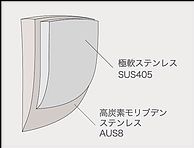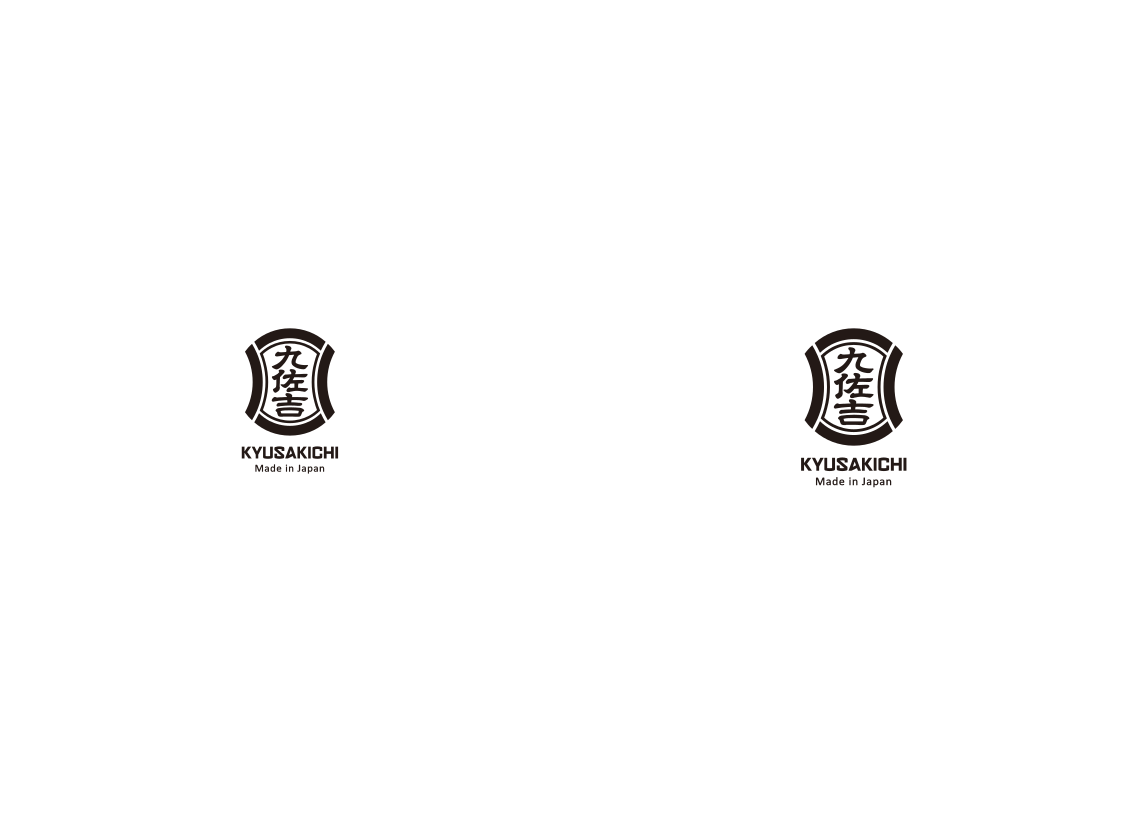Product detail
Hokiyama Cutlery is located on Shikoku Island in the legendary Tosa area (now Kochi Prefecture). Its impact on knife production in this part of Japan is marked. The company cooperates with local blacksmiths, to whom it finalizes their products and at the same time produces own knives, in the production of which applies its own technological procedures. Therefore, in the wide range of Hokiyama Cutlery we can find traditional knives under the name Tosaichi, knives for carefree practical use Sakon and knives characterized by the latest technologies Mugen.
Here we bring you two interesting knives from the Sakon group, i.e. practical maintenance-free knives. What is interesting about them? The type, size and composition of blade. Professionals in Japan use almost exclusively blades with single-sided grinding. There are several reasons. They are sharper, provide more control over the cut and are easier and faster to sharpen. It is true that it takes some time to get used to them, but then you will hardly find a way back to a symmetrical blade.

These eastern-type knives have a Ni-Mai construction. That means two layers, while the working one is extremely hard, in the vast majority of Yasuki and the supporting one is made of soft iron. Because traditional materials are used, the blades tend to oxidize and require some maintenance. However, Shinsuke Hokiyama also thinks of those who desire one-sided grinding, but camellia oil does not tell them much. Therefore, he made both layers of stainless steel. The working one is the well-known AUS-8 from the Aichi steelworks. It is a steel that is often found in cutlery, especially with knives from the middle price category. 0.75% carbon content gives it excellent abrasion resistance and 14% chromium corrosion resistance. It is normally claimed at a very good 58 HRC. The support layer is made of soft SUS-405. The result of this proven combination is a comprehensive yet maintenance-free blade.
To expect a ring from a buffalo horn in this class would be a kind of audacity. There is therefore more affordable one made of resin. This separates the half tang blade from the wenge wood handle. Its pleasant brown color and interesting texture perfectly correspond to the matte blade and thus creates a harmonizing unity. Add a decent shinogi line and hand-embossed kanji characters, and the image of a Japanese knife is complete.
We get to the other interestingness of these knives. It is the shape and length of the blade that has a major impact on their use. Traditional single-grinded knives are either wide (Usuba), broad (Deba), or long (Yanagiba). All are suitable in the hands of experienced professionals. But one of us is looking for a compromise in the form of universality to enter this world. And that is where he found it.
Welcome to the gateway to the realm of one-sided blades.
©2020 Copyright Roman Ulík, Nippon Knives, www.japonskenoze.sk all rights reserved.
Photographs and texts are protected by copyright law and their use without the author's consent is not possible.
About producer

Tosa is the ancient name of today's Kochi Prefecture, which is located in the southern part of the island of Shikoku. The north of the prefecture is made up of inhospitable mountains, which towards the south pass into a fertile plain filled with countless rice fields. They are protected from possible tsunami waves by barriers built on the beaches of the Pacific Ocean. Connoisseurs of Japanese blacksmithing will not call this area anything other than Tosa.
For more than 800 years, the interlaced steel made famous by samurai swords has been forged in Tosa. It can be said that this area has become a kind of "open-air museum" of traditional blacksmithing. You will find small workshops scattered here, in which individual family generations create gems that are incomprehensible to us. It is almost a rule that father and son work in the workshop to ensure the continuity of the tradition. All kinds of blades are made here, from agricultural tools to rare knives, but in a diametrically different way than in the Seki, Sakai, or Tsubame/Sanjo areas. Knives intended for decoration were never produced here, but durable work tools. That is why knives from Tosa are sought after by connoisseurs all over the world.
Since 1919, the Hokiyama Cutlery company has been among the pioneers in improving the traditional production of kitchen knives. In accordance with the motto "the good must be preserved and, if possible, also improved", Shinsuke Hokiyama created 3 lines in his company: traditional, practical and innovative.
The traditional line /Tosa-Ichi/ consists of hand-forged blades from such masters as Takeo Murata. It is a layered steel, the core of which is high-carbon shirogami or aogami type steel. Hitachi Blue Super is used for the best pieces. The blades are most often in the unpolished form of kurouchi. Knives require care, as this material is not anti-corrosive. The practical line /Sakon/ is a symbiosis of traditional production procedures with modern materials and design. In addition to high-carbon steel, very hard powder tool steel and damascene steel are also used. Emphasis is placed on precisely processed and ergonomically tuned handles. The innovative line /Mugen/ is the pride of Hokiyama Cutlery. It adopts advances from other fields into the production of its knives. These are mainly self-sharpening knives SAKON+ with the patented Vee-Tech technology taken from the aviation and space industry.
Friendly relations with the owner of Hokiyama Cutlery, Mr. Shinsuke Hokiyama, enabled us to gradually bring you the most interesting knives from the legendary Tosa region.
©2010-2018 Copyright Roman Ulík, Nippon Knives, www.japonskenoze.sk all rights reserved.
Photos and texts are protected by copyright law and their use without the author's consent is not possible.


 Sign in
Sign in Registration
Registration



































